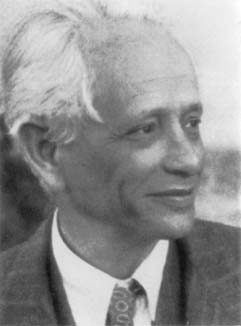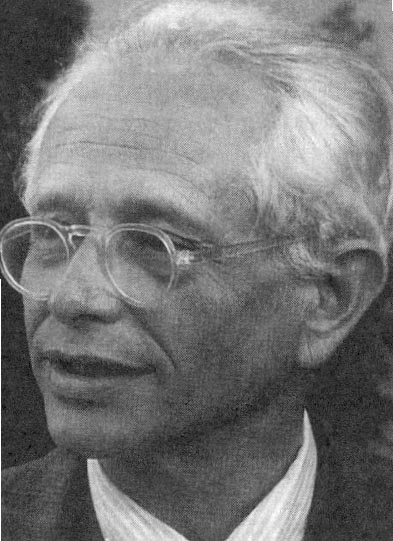<Back to Index>
- Mathematician Max Dehn, 1878
- Novelist Robert Louis Balfour Stevenson, 1850
- Emperor of China Jiaqing, 1760
PAGE SPONSOR


Max Dehn (November 13, 1878 – June 27, 1952) was a German mathematician and a student of David Hilbert. He is most famous for his work in geometry, topology and geometric group theory. Dehn's students include Ott-Heinrich Keller, Ruth Moufang, Wilhelm Magnus and the artist Dorothea Rockburne.
Dehn was born in Hamburg. He studied the foundations of geometry with Hilbert at Göttingen in 1899, and obtained a proof of the Jordan curve theorem for polygons. In 1900 he wrote his dissertation on the role of the Legendre angle sum theorem in axiomatic geometry. From 1900 to 1911 he was an employee and researcher at the University of Münster. In his habilitation at the University of Münster in 1900 he resolved Hilbert's third problem.
Dehn's interests later turned to topology and combinatorial group theory. In 1907 he wrote with Poul Heegaard the first book on the foundations of combinatorial topology, then known as analysis situs. Also in 1907, he described the construction of a new homology sphere. In 1908 he believed that he had found a proof of the Poincaré conjecture, but Tietze found an error.
In 1910 Dehn published a paper on three dimensional topology in which he introduced Dehn surgery and used it to construct homology spheres. He also stated Dehn's lemma, but an error was found in his proof by Hellmuth Kneser in 1929. The result was proved in 1957 by Christos Papakyriakopoulos. The word problem for groups, also called the Dehn problem, was posed by him in 1911.
In 1912 Dehn invented what is now known as Dehn's algorithm and used it in his work on the word and conjugacy problems for groups. The notion of a Dehn function in geometric group theory, which estimates the area of a relation in a finitely presented group in terms of the length of that relation, is also named after him. In 1914 he proved that the left and right trefoil knots are not equivalent. In the early 1920s Dehn introduced the result that would come to be known as the Dehn-Nielsen theorem; its proof would be published in 1927 by Jakob Nielsen.
In 1922 Dehn succeeded Ludwig Bieberbach at Frankfurt, where he stayed until he was forced to retire in 1935. He stayed in Germany until January 1939, when he fled to Copenhagen, and then to Trondheim, Norway, where he took a position at the Norwegian Institute of Technology. In October 1940 he left Norway for America by way of Siberia and Japan (the Atlantic crossing was considered too dangerous).
In America, Dehn obtained a position at Idaho Southern University (now Idaho State University). In 1942 he took a job at the Illinois Institute of Technology, and in 1943 he moved to St. John's College in Annapolis, Maryland. Finally in 1945, he moved to Black Mountain College, where he was the only mathematician. He and his wife regularly had long breakfasts with Buckminster Fuller and his wife. He died in Black Mountain, North Carolina in 1952.